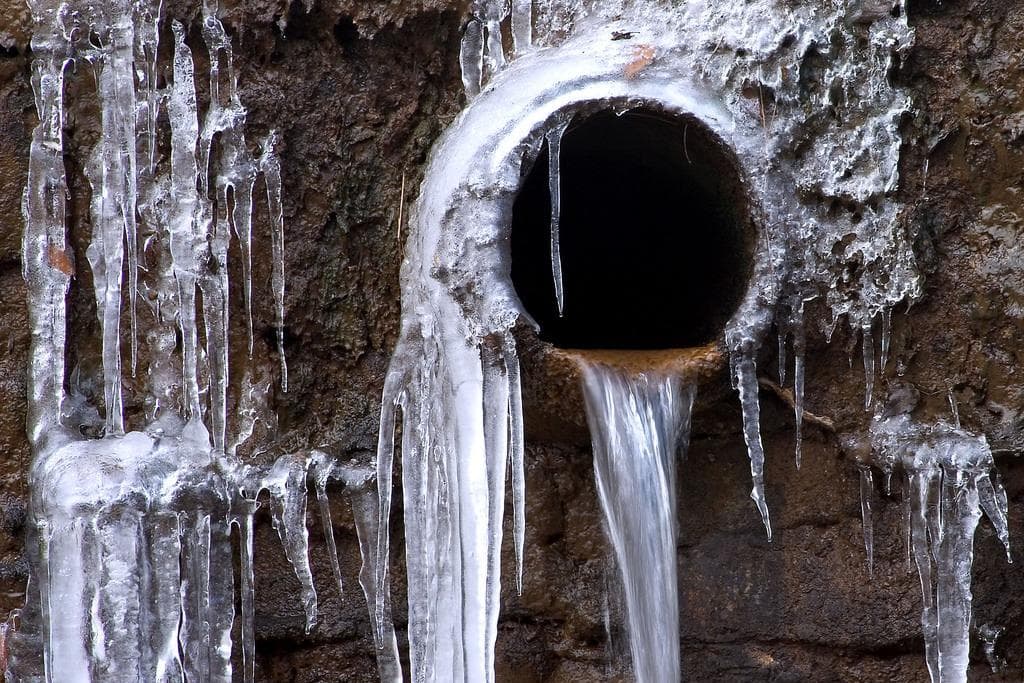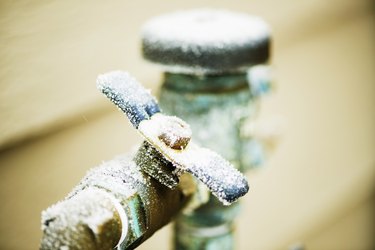Safeguarding Your Pipes from Freezing Issues: Essential Approaches
Safeguarding Your Pipes from Freezing Issues: Essential Approaches
Blog Article
Each person maintains their unique assumption when it comes to Winter Plumbing Precautions: Preventing Frozen Pipes.

Cold weather can damage your plumbing, particularly by freezing pipelines. Right here's just how to stop it from happening and what to do if it does.
Introduction
As temperature levels decrease, the danger of icy pipes rises, possibly leading to pricey repairs and water damage. Comprehending just how to prevent icy pipes is important for property owners in cool environments.
Understanding Icy Pipes
What triggers pipes to freeze?
Pipelines ice up when exposed to temperature levels listed below 32 ° F (0 ° C) for prolonged durations. As water inside the pipelines freezes, it expands, taxing the pipeline walls and potentially triggering them to break.
Threats and problems
Icy pipelines can bring about water disruptions, residential property damage, and expensive repair services. Ruptured pipes can flooding homes and trigger substantial structural damage.
Indicators of Frozen Pipeline
Determining icy pipelines early can stop them from breaking.
How to recognize icy pipes
Seek decreased water circulation from faucets, uncommon odors or sounds from pipelines, and noticeable frost on revealed pipelines.
Avoidance Tips
Protecting at risk pipes
Wrap pipelines in insulation sleeves or use heat tape to secure them from freezing temperature levels. Concentrate on pipelines in unheated or external locations of the home.
Home heating methods
Maintain interior spaces appropriately heated, specifically locations with plumbing. Open cupboard doors to permit warm air to flow around pipelines under sinks.
Shielding Outside Plumbing
Yard hoses and outdoor faucets
Detach and drain pipes yard tubes prior to wintertime. Install frost-proof spigots or cover outdoor faucets with shielded caps.
What to Do If Your Pipelines Freeze
Immediate actions to take
If you think icy pipelines, keep faucets open up to eliminate pressure as the ice melts. Utilize a hairdryer or towels taken in hot water to thaw pipelines slowly.
Long-Term Solutions
Structural adjustments
Think about rerouting pipes far from outside walls or unheated locations. Add extra insulation to attic rooms, basements, and crawl spaces.
Updating insulation
Invest in top notch insulation for pipelines, attics, and walls. Appropriate insulation aids preserve consistent temperature levels and minimizes the threat of frozen pipes.
Verdict
Stopping frozen pipelines requires positive measures and fast reactions. By comprehending the causes, indications, and preventive measures, home owners can shield their pipes throughout cold weather.
5 Ways to Prevent Frozen Pipes
Drain Outdoor Faucets and Disconnect Hoses
First, close the shut-off valve that controls the flow of water in the pipe to your outdoor faucet. Then, head outside to disconnect and drain your hose and open the outdoor faucet to allow the water to completely drain out of the line. Turn off the faucet when done. Finally, head back to the shut-off valve and drain the remaining water inside the pipe into a bucket or container. Additionally, if you have a home irrigation system, you should consider hiring an expert to clear the system of water each year.
Insulate Pipes
One of the best and most cost-effective methods for preventing frozen water pipes is to wrap your pipes with insulation. This is especially important for areas in your home that aren’t exposed to heat, such as an attic. We suggest using foam sleeves, which can typically be found at your local hardware store.
Keep Heat Running at 65
Your pipes are located inside your walls, and the temperature there is much colder than the rest of the house. To prevent your pipes from freezing, The Insurance Information Institute suggests that you keep your home heated to at least 65 degrees, even when traveling. You may want to invest in smart devices that can keep an eye on the temperature in your home while you’re away.
Leave Water Dripping
Moving water — even a small trickle — can prevent ice from forming inside your pipes. When freezing temps are imminent, start a drip of water from all faucets that serve exposed pipes. Leaving a few faucets running will also help relieve pressure inside the pipes and help prevent a rupture if the water inside freezes.
Open Cupboard Doors
Warm your kitchen and bathroom pipes by opening cupboards and vanities. You should also leave your interior doors ajar to help warm air circulate evenly throughout your home.

I discovered that entry about How to Prevent Your Pipes From Freezing when doing a search on the internet. Be sure to take the time to distribute this page if you appreciated it. We love reading our article about Helpful Tips to Prevent Frozen Pipes this Winter.
Get Quote Report this page